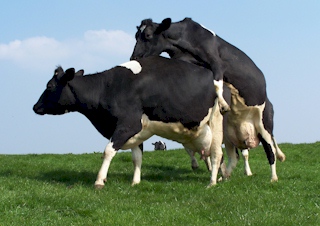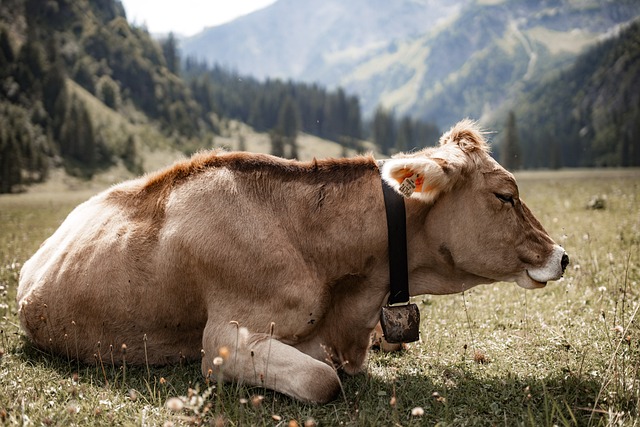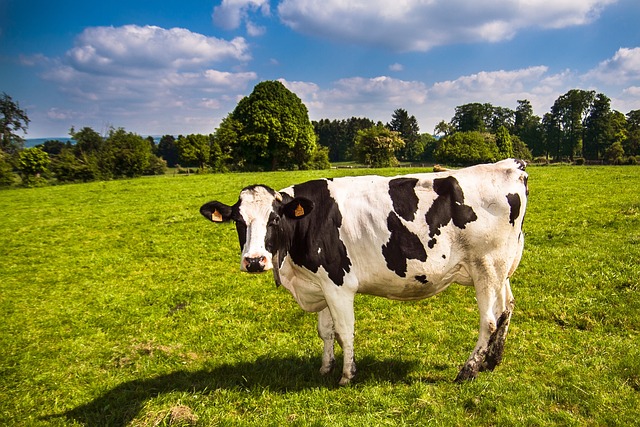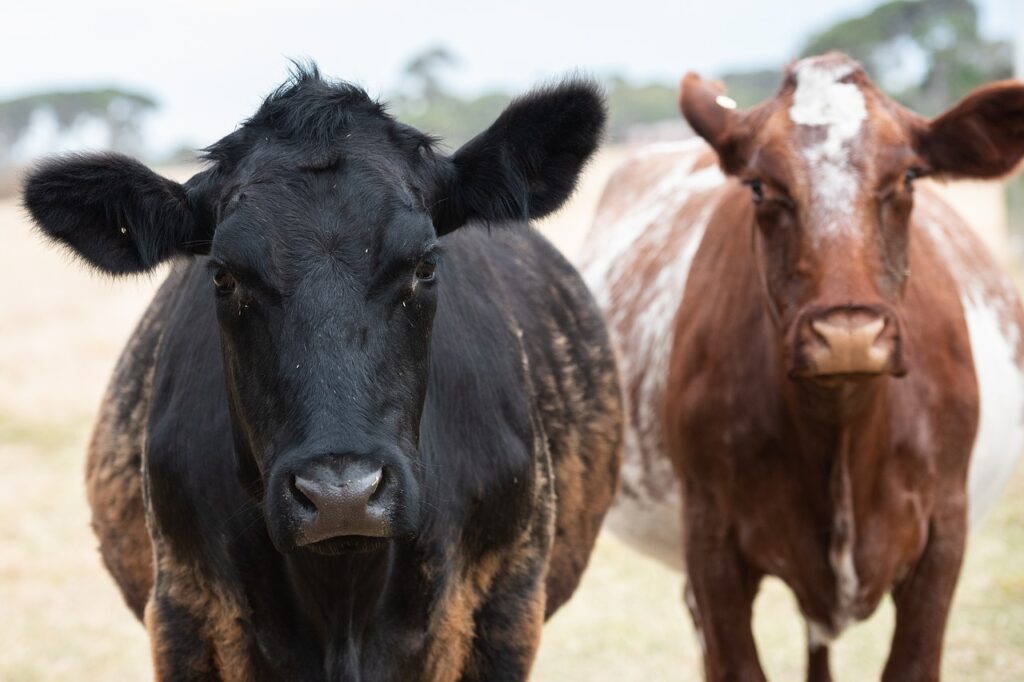Heat synchronization is a valuable technique in cattle management aimed at controlling the timing of oestrus cycles for improved breeding efficiency. By either modifying the oestrus cycle or inducing heat, farmers can manage artificial insemination schedules and calving periods more effectively.
Benefits of Heat Synchronization in Cattle
- Efficient Breeding:
Synchronizing oestrus allows a group of cows to be inseminated on the same day, simplifying the breeding process. - Improved Heat Detection:
Concentrating heat periods makes it easier to identify cows ready for insemination. - Better Calving Management:
Controlled calving periods improve calf survival rates through better surveillance and ensure uniformity in calf sizes. - Shortened Unproductive Periods:
Synchronization minimizes post-partum sub-oestrus, particularly in dairy cows, leading to higher productivity. - Optimized Milk Production:
Timing calving to coincide with periods of high milk demand or prices boosts profitability.
Natural Methods for Heat Synchronization
For farmers who prefer non-hormonal techniques, the following methods encourage natural heat cycles:
1. Male Effect:
- Isolate heifers or cows for a confinement period.
- Introduce a bull or androgenized castrated male to stimulate ovulation and heat behavior through increased LH hormone activity.
2. Group Effect:
- Breeding heifers in groups encourages earlier puberty and synchronized oestrus due to social interactions.
3. Flushing:
- Ensure cows have adequate body fat before breeding.
- Increase the feed’s energy level for three weeks before and after artificial insemination (AI) to enhance fertility and reduce embryo loss.
Hormonal Heat Synchronization
Hormonal treatments offer an alternative for controlling oestrus cycles. These treatments use hormones like prostaglandins or progesterone to regulate the reproductive cycle. While effective, they are typically used in specific breeding programs or for cows that do not respond to natural methods.
Heat Detection Tips
Effective heat detection is crucial for successful synchronization. Look for the following signs:
- Restlessness and increased activity.
- Standing still when mounted by other cows (standing heat).
- Mucous discharge from the vulva.
- Reduced feed intake or milk production during oestrus.
By using these methods, cattle farmers can achieve more precise breeding schedules, reduce unproductive periods, and improve overall herd productivity. Whether choosing natural methods or hormonal options, synchronization enhances efficiency and profitability in cattle operations.





